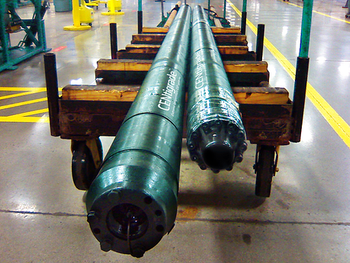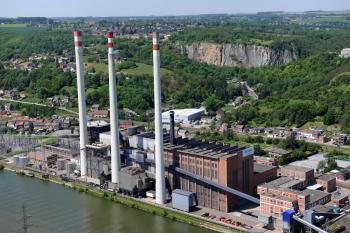
MHIEC Refurbishes Waste-to-Energy Facilities at Eco Clean Plaza Miyazaki
The four-year refurbishment operation upgraded the plant’s waste treatment capacity to 579 tons per day and reduced CO2 emissions.
Mitsubishi Heavy Industries Environmental & Chemical Engineering (MHIEC) successfully finished the refurbishment of several facilities at its Eco Clean Plaza Miyazaki: a waste-to-energy plant in Kyushu, Japan. The refurbishment work, which focused on ensuring stable combustion and long-term operation, upgraded out-of-date equipment that ran for over 15 years. MHIEC’s combustion control system extended plant service life and achieved stable combustion with lower air ratios.
The company also replaced equipment involved in:
- Combustion
- Combustion-gas cooling
- Waste gas treatment
- Waste heat utilization
- Ventilation
- Ash removal
- Electrical instrumentation
Following refurbishment, the plant attained a 31.86% CO2 reduction rate compared to the lower 17.25% targeted rate. This was achieved by replacing a feeder and boiler piping, allowing higher durability when exposed to lower air ratios. Additionally, the increased power generation made efficient use of waste steam through a low-temperature denitration catalyst. Lastly, MHIEC installed high-efficiency motors, converted to inverter-type equipment, and optimized the remaining plant equipment.
Refurbishment & Plant Background
MHIEC completed the refurbishment over a four-year span, from 2021-2024, encountering difficulties with ongoing waste treatment and the coronavirus pandemic. Despite this, it was completed on schedule and enabled a waste treatment capacity of 579 tons per day (tpd), lengthened plant service life, and significantly reduced CO2 emissions.
The Eco Clean Plaza Miyazaki contains waste incineration, recycling, and final waste management facilities, treating waste from Miyazaki City and nine surrounding localities. It is equipped with three stoker-type incinerators, each with a waste treatment capacity of 193 tpd. Using waste heat via steam turbine, the facility generates 11,200 kW. The incineration facilities were designed and constructed by Mitsubishi Heavy Industries (MHI) and completed in October 2005.
More MHI News
In mid-March 2025,
The generator was engineered and manufactured in-house, in addition to auxiliary equipment with the appropriate safety systems to fire hydrogen. MHIET’s tested the entire system, including the engine, generator, and associated equipment, and used zero-carbon green hydrogen from Yamanashi Prefecture’s power-to-gas system. The Komekurayama Electric Power Storage Technology Research Site uses surplus power from renewable energy and water to produce green hydrogen.
Last week, the U.S. Federal Aviation Administration certified Mitsubishi Heavy Industry Aero Engine’s (MHIAEL)
Newsletter
Power your knowledge with the latest in turbine technology, engineering advances, and energy solutions—subscribe to Turbomachinery International today.




